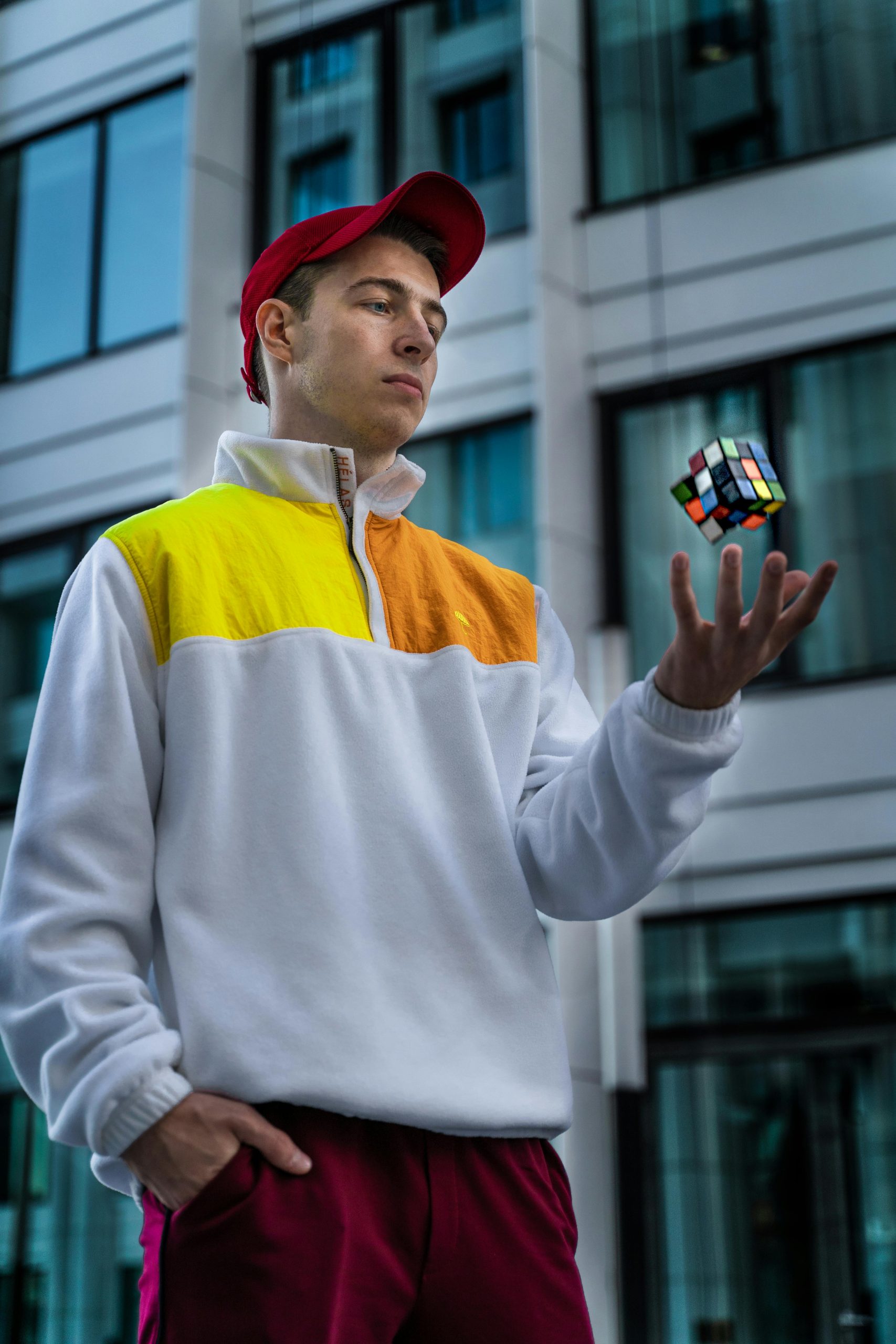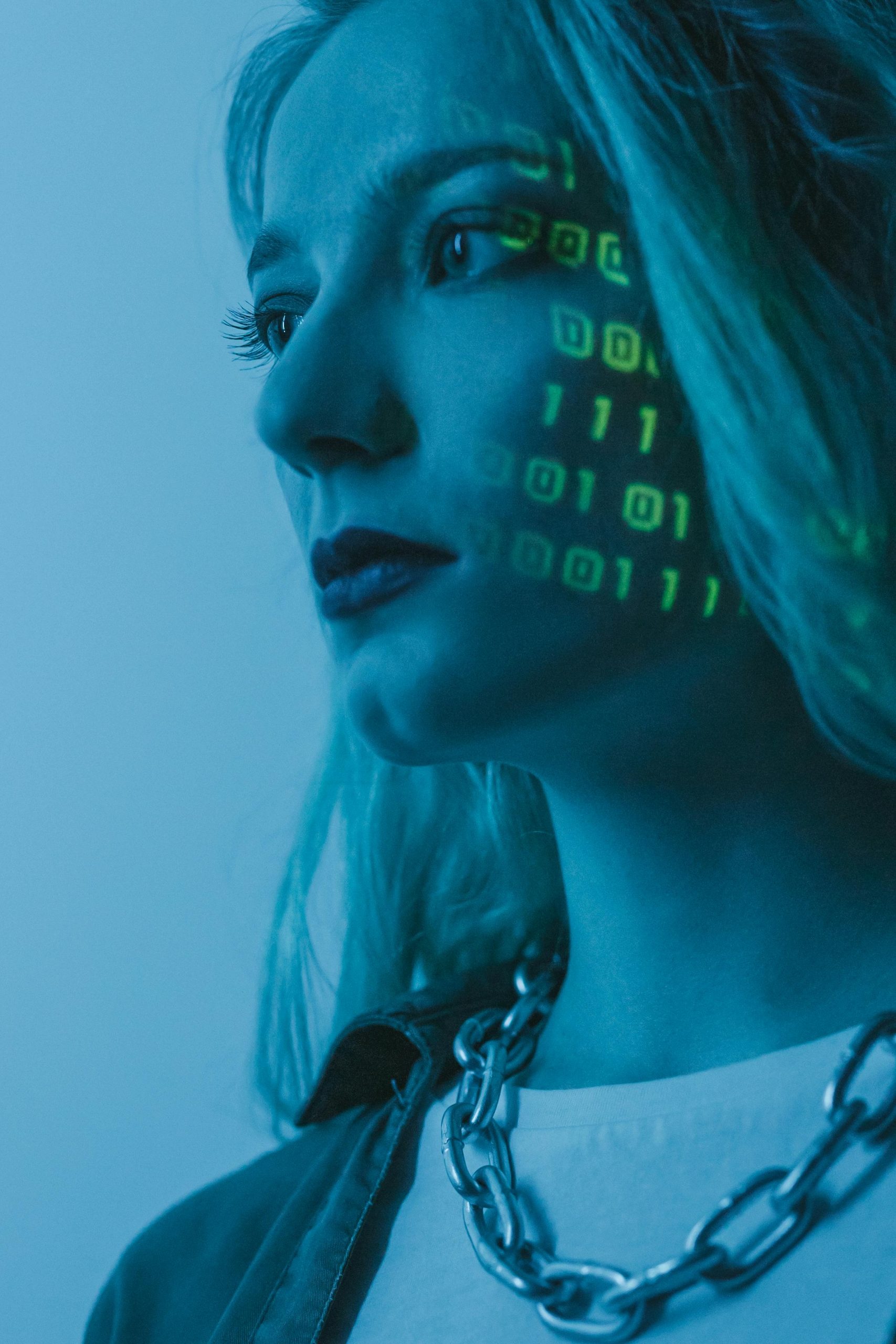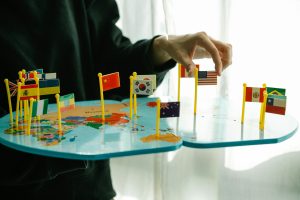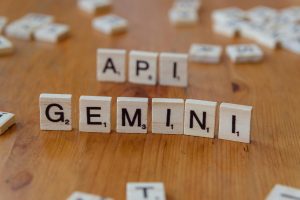Humans can solve 60% of these puzzles. AI can only solve 5%
Exploring the Limits of AI: Puzzles as a Measure of Intelligence
Recent findings highlight a compelling distinction in problem-solving capabilities between humans and artificial intelligence (AI). Remarkably, humans can successfully tackle approximately 60% of certain puzzles, whereas AI systems manage to solve only about 5%.
This intriguing comparison draws attention to the ARC-AGI tests, which assess an AI’s ability to generalize, learn, and adapt beyond its training. Unlike traditional evaluations, where AI can excel by merely recalling learned information, these tests challenge models to confront unfamiliar problems, thereby revealing their true problem-solving adaptability.
This perspective sheds light on a significant challenge within the AI field: the ability to navigate and resolve novel situations rather than merely functioning as a repository of existing knowledge. As researchers continue to delve into these complexities, the gap between human-like intelligence and current AI capabilities becomes increasingly apparent.
For those interested in the nuances of this topic, I recommend further reading on how these tests highlight the evolving landscape of artificial intelligence and its quest to mimic human cognitive functions.
For more insights, check out the original article: Xataka.














Post Comment